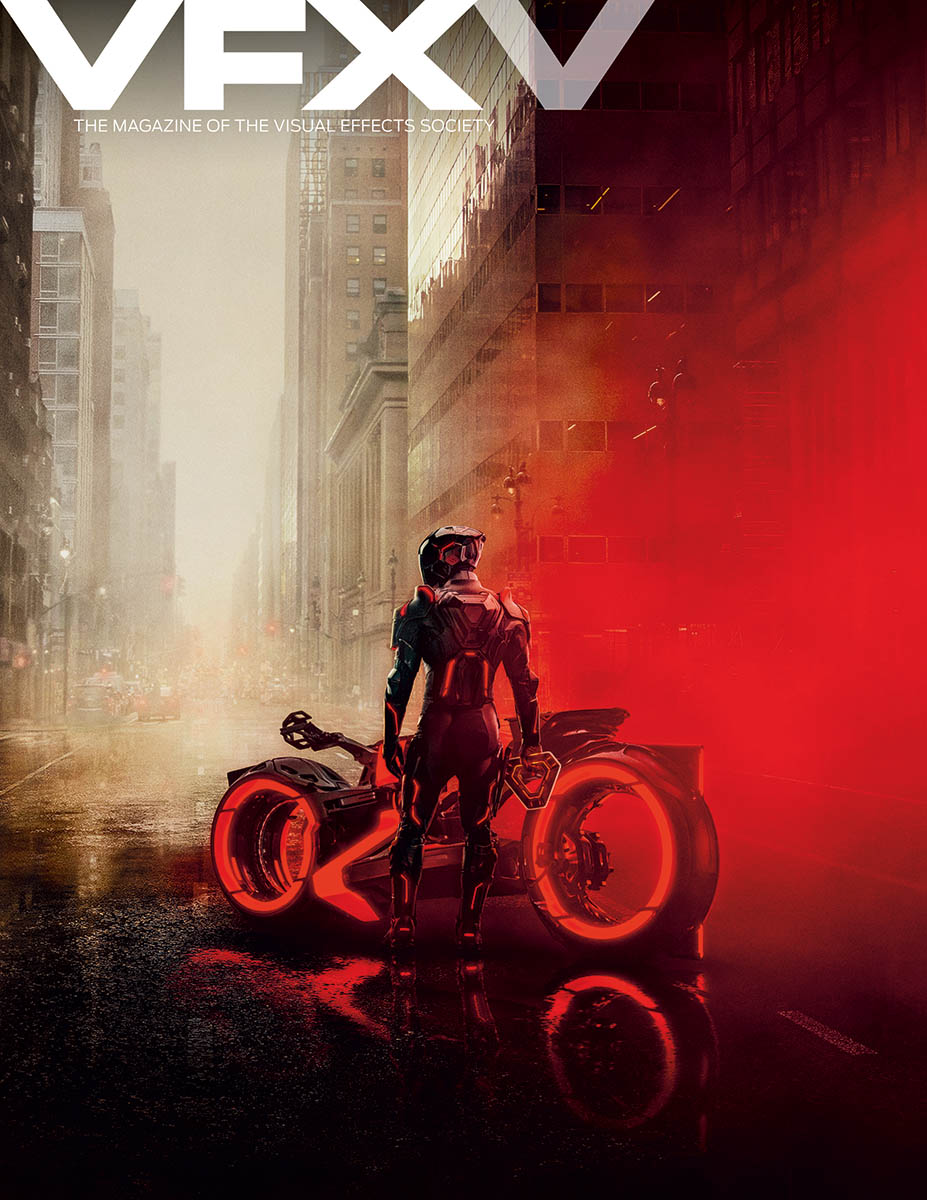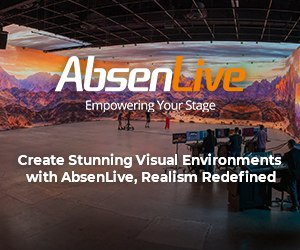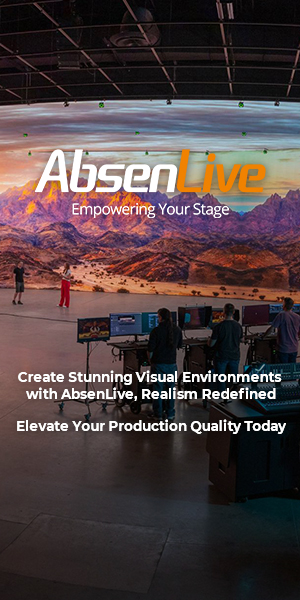By IAN FAILES
When Dean Parisot’s Galaxy Quest hit cinemas at the end of 1999, audiences quickly realized the film was a parody of Star Trek. It featured the crew of a gleaming starship, the NSEA Protector, battling an alien race. The joke, of course, was that the main characters had been part of a Star Trek-like TV show, and now suddenly found themselves thrust into that actual world of intergalactic warfare.
Although it was a parody, the film’s setting and its other-worldly beings meant that a significant effects effort, both of the digital and practical kinds, would be needed to tell the story. The filmmakers entrusted Industrial Light & Magic (ILM) to lead the show with model spaceships, CG creatures and space-related visual effects, while the Stan Winston Studio delivered a number of practical aliens and makeup appliances.
On Galaxy Quest’s 20th anniversary, VFX Voice asked artists who were at ILM and Stan Winston Studio at the time to reflect on the making of this film that has remained a cult hit since its release.


















